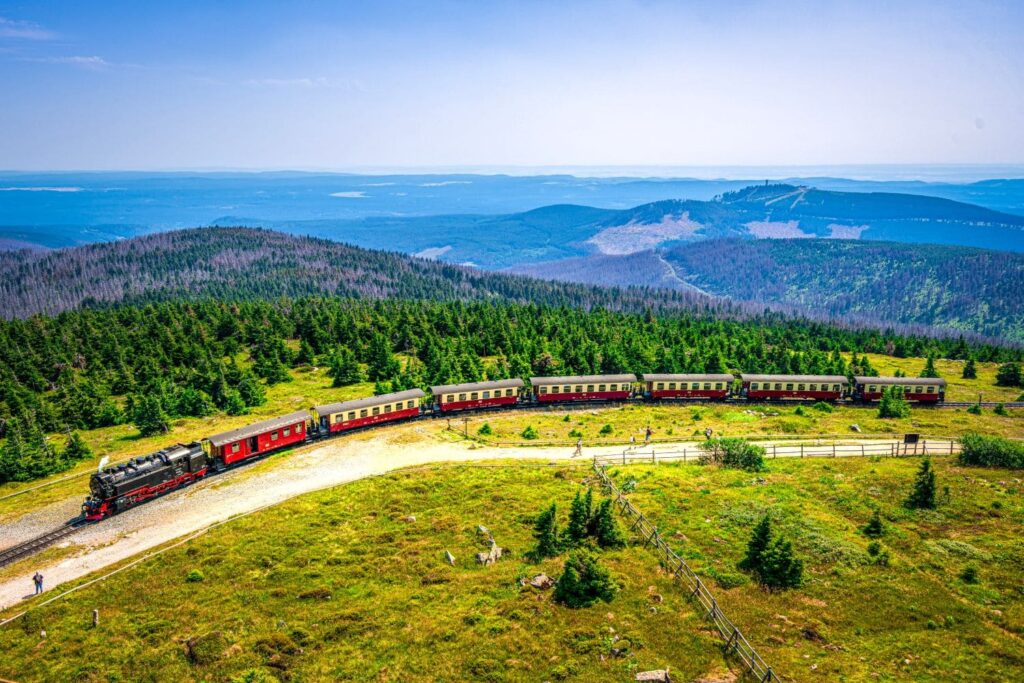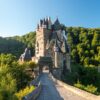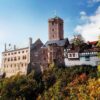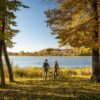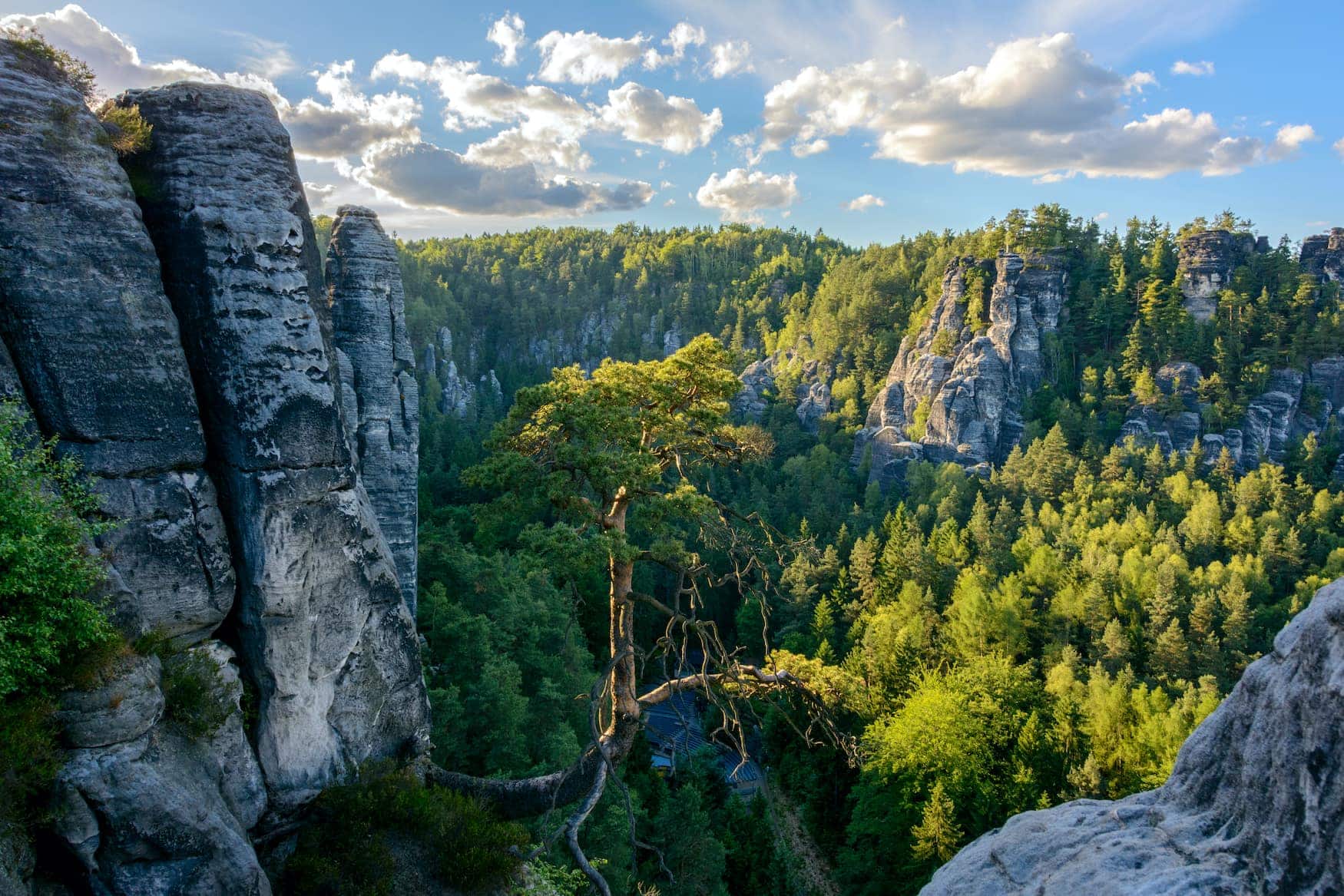Germany has more to offer than just highways and urban sprawl. Sixteen beautiful landscapes have been designated national parks in Germany. All of them are equally worth protecting and visiting. We have compiled a list of our personal favorites in all four corners of the country. Bring more nature into your life!
North | Wadden Sea National Park
When the tide brings in the North Sea water, things can get rough. White spray flies and waves thunder with wind and force against the long sandy beaches until the water suddenly recedes and reveals the mudflats.
This natural spectacle, which changes the face of the coastal landscape so dramatically, is a daily feature of the Wadden Sea National Park. It is probably one of the most significant natural spectacles in the world. The Wadden Sea, a Unesco World Heritage Site since 2009, stretches over 500 kilometers and covers 9,000 square kilometers across the Netherlands, the German North Sea coast, and Denmark.
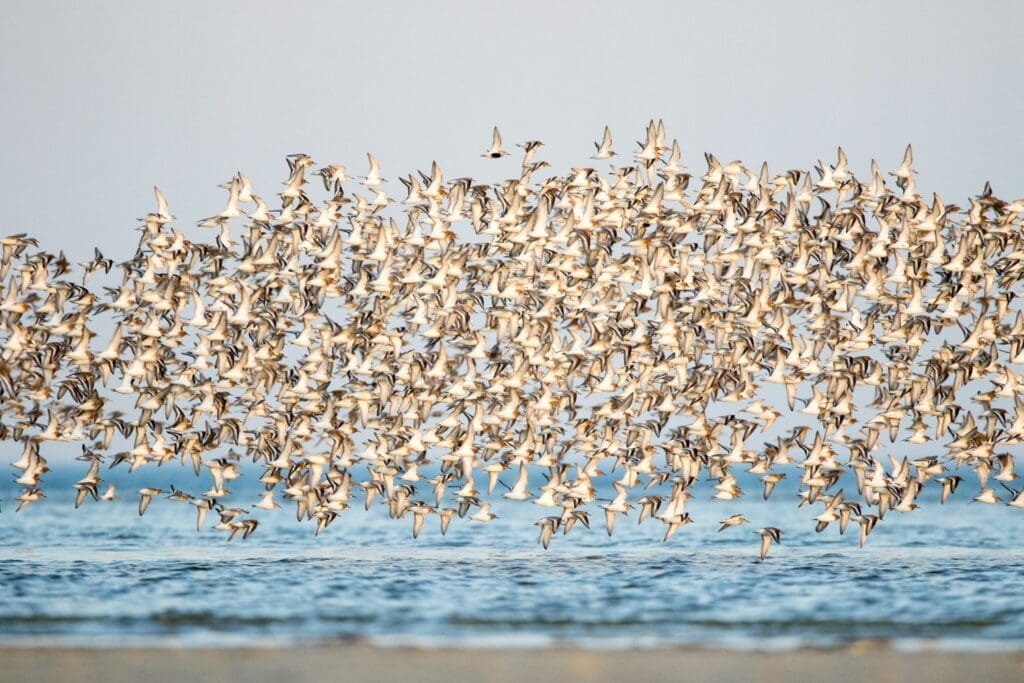
Hamburg Is Also Located On The Mudflats
Thousands of organisms, animals, and plants are native to this area, and countless migratory birds rest here every year on their way south. The Hamburg Wadden Sea is located about 100 kilometers as the crow flies from Hamburg City Hall, near the mouth of the Elbe River. Visitors to the island of Neuwerk, which is part of Hamburg despite its distance from the city center, can marvel at seals basking in the sun. Or they can search for the gold of the north, amber.
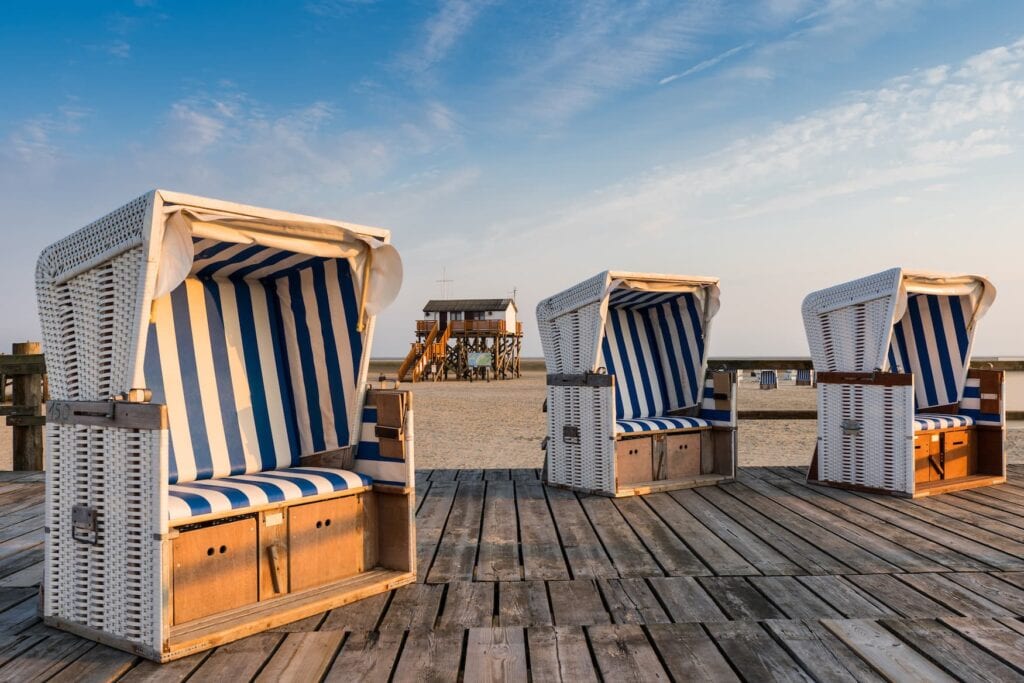
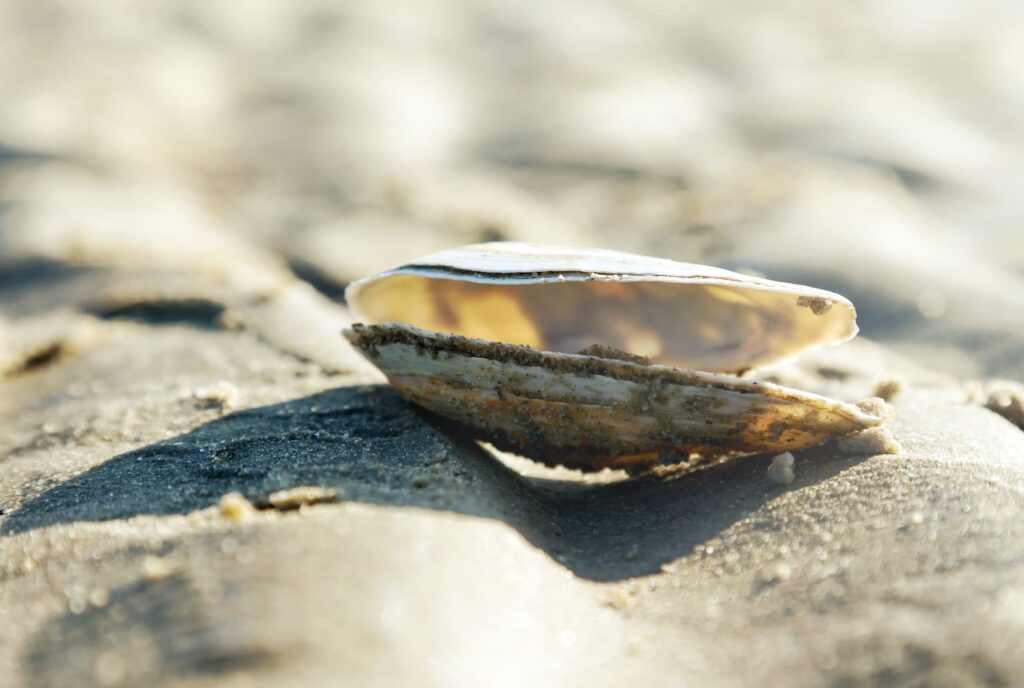
Between the dunes and salt marshes, attentive mudflat hikers in the Wadden Sea of Schleswig-Holstein can often spot gray seals and, with a little luck, the endangered porpoise in the water. The stilt houses on the beach at St. Peter Ording, which are up to seven meters high and whose larch wood legs are often submerged in the water depending on the season and tide, are also particularly beautiful to look at. Incidentally, the best place to enjoy the sunset is on one of the stilt houses, for example in the comfortable deck chairs at the Strandbar 54° Nord beach bar.
South | Berchtesgaden National Park
It is the only national park in the Alps and looks like a real postcard: Berchtesgaden National Park. It boasts crystal-clear lakes, picturesque Alpine panoramas and the Watzmann, which rises picturesquely to a height of 2,713 meters. This photogenic scenery delights the hearts of many hikers. On the border with Austria, the German national park offers spectacular views and is home to marmots, snow hares, snow mice, golden eagles, and rock ptarmigans in the high mountains.
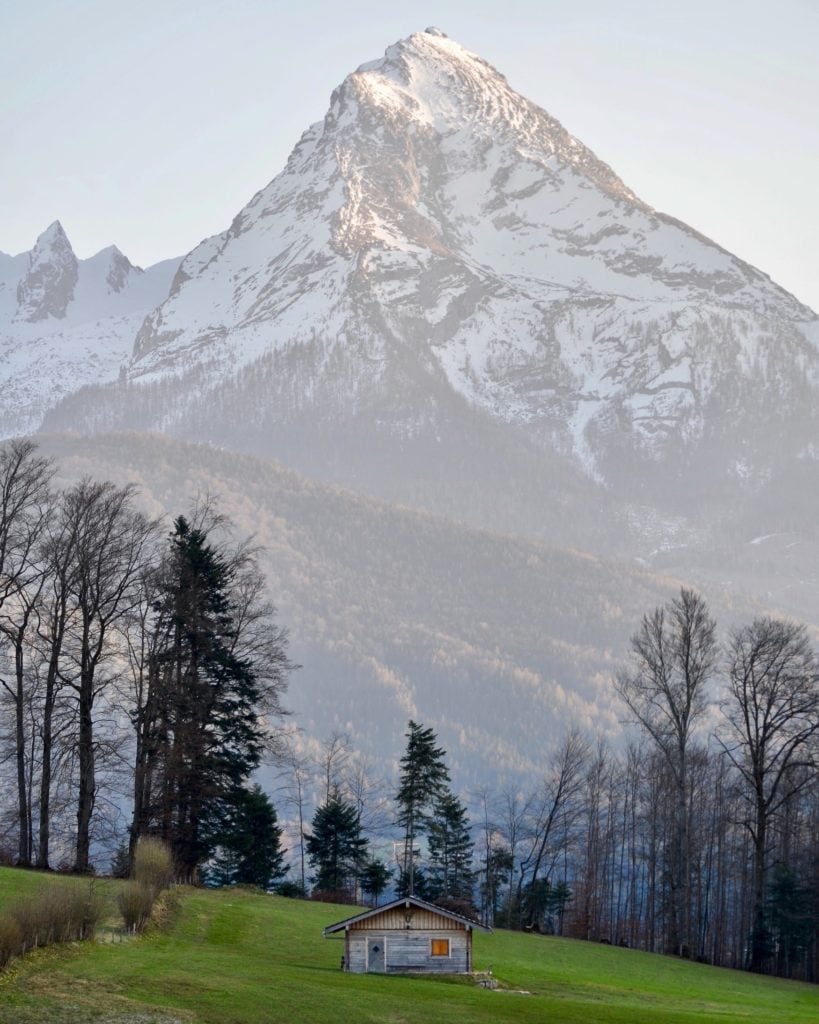
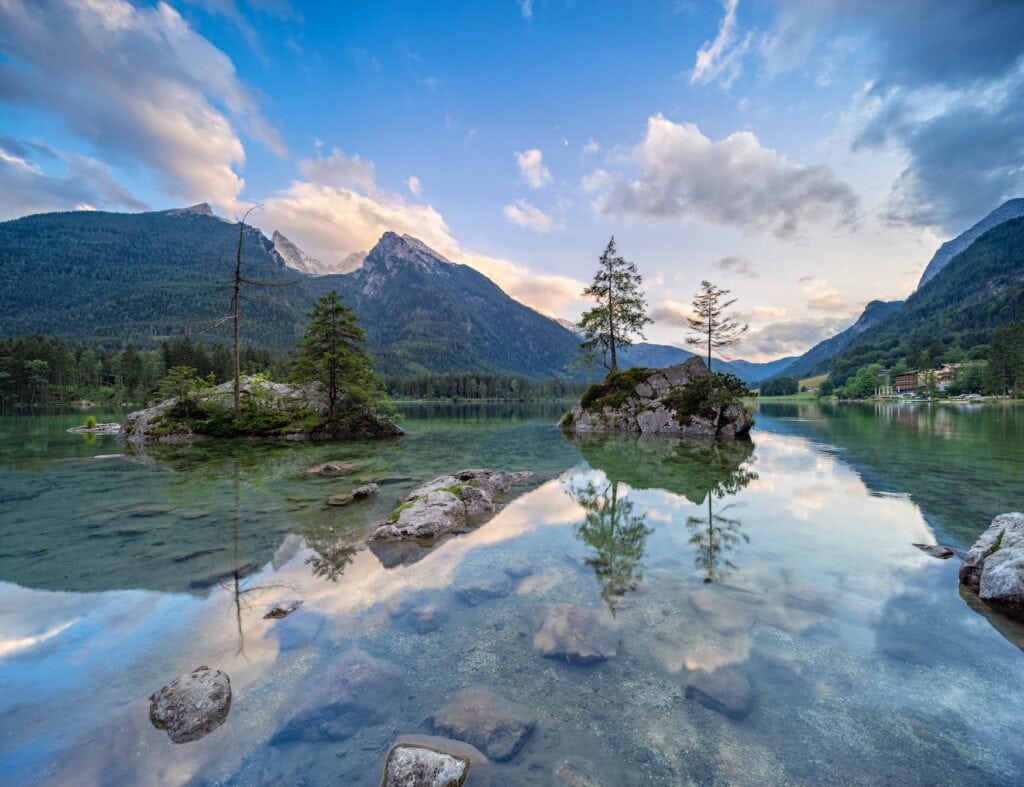
It Doesn’t Always Have To Be The Summit
Those who don’t want to climb so high can take the Jennerbahn cable car from Schönau, which was renovated in 2019. The view from a dizzying height of the lake with its emerald green color and the imposing rock faces is reminiscent of a Norwegian fjord in the middle of the Alps. The path to the summit cross is not far away.
The mountains also look particularly impressive from a dwarf’s perspective, for example during an environmentally friendly and very quiet trip on the Bavarian lake boats, which have been powered by electricity since 1909. These glide from Schönau to the pilgrimage chapel of St. Bartolomä on the Hirschau peninsula on the western shore of the Königssee. The pretty chapel with its red onion domes is a popular photo motif and should not be missing from any vacation album. And, of course, the echo on the lake is also legendary.
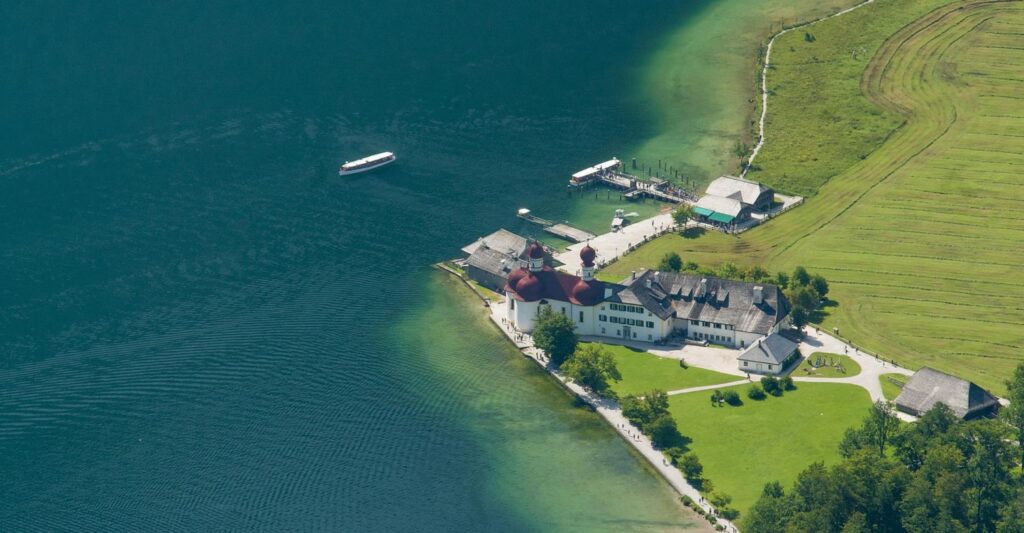
West | Eifel National Park
In the Eifel National Park, foxes, hares, wildcats, wild boars, black storks, woodpeckers, red deer, common toads, fire salamanders, beavers, and other animals say good night to each other. In the 10,700-hectare nature reserve – the only national park in North Rhine-Westphalia – within the Hohe Venn-Eifel region between Cologne and Aachen, the diversity of flora and fauna is impressive. If you feel like swapping everyday life for a nature experience, pack your rucksack and follow the wilderness trail. It leads 85 kilometers through wild beauty, from Monschau-Höfen in the south to the northern tip near Hürtgenwald-Zerkal.
Every Step Is Worthwhile
Hikers can enjoy the scenic diversity with rushing streams, fragrant flower meadows, deep forests, and sweeping panoramic views at their feet. However, you should be confident that you can hike 18 to 25 kilometers per day. If you don’t feel comfortable venturing out on your own along the signposted nature trails, you can join a guided forest tour.
On the second of four sections of the Wilderness Trail, nature-loving hikers are confronted with a dark chapter in German history. Where the former so called “Nazi Ordensburg” Vogelsang once stood as one of the largest buildings of National Socialism and an expression of arrogance and contempt for humanity, today you can come to terms with the darkest chapter of German history at the Vogelsang IP Internationaler Platz under the motto “Learn history. Experience nature. Shaping the future.” The former training center for Nazi cadres has been transformed into an international meeting place for all cultures and religions. It’s worth taking a moment to pause here!
East | Saxon Switzerland National Park
When the landscape with its bizarre rock formations looks like the most famous painting “Wanderer above the Sea of Fog” by the painter Caspar David Friedrich, the Saxon Switzerland National Park reveals itself in all its natural beauty. To the left and right of the Elbe, southeast of Dresden, lies the rugged, chalky erosion landscape of the Elbe Sandstone Mountains. No wonder the famous landscape painter was inspired by the beauty of nature here.
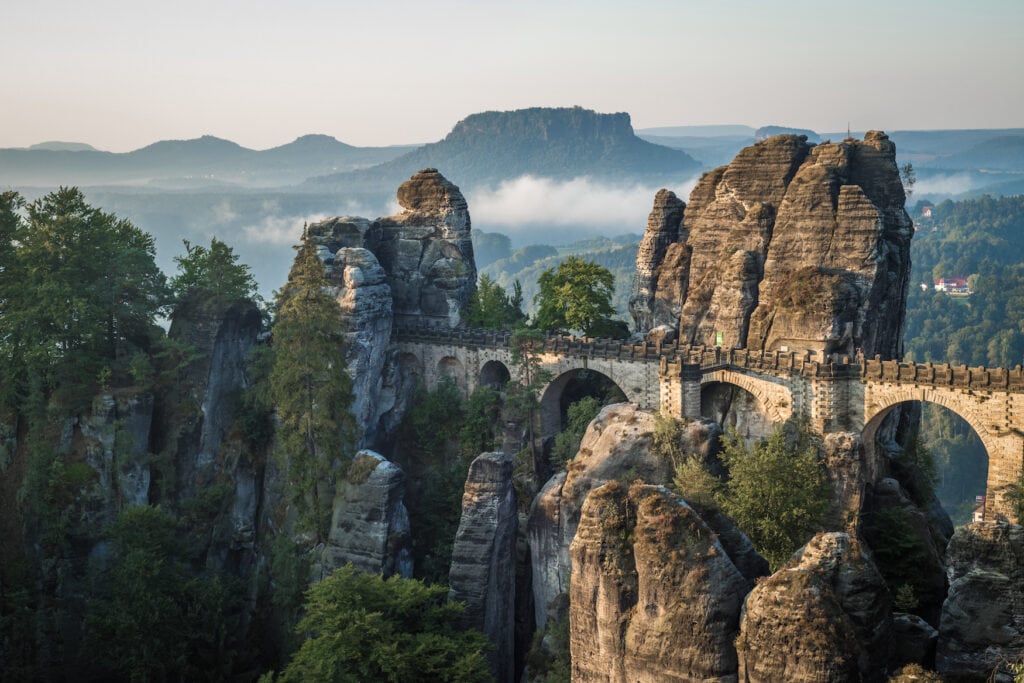
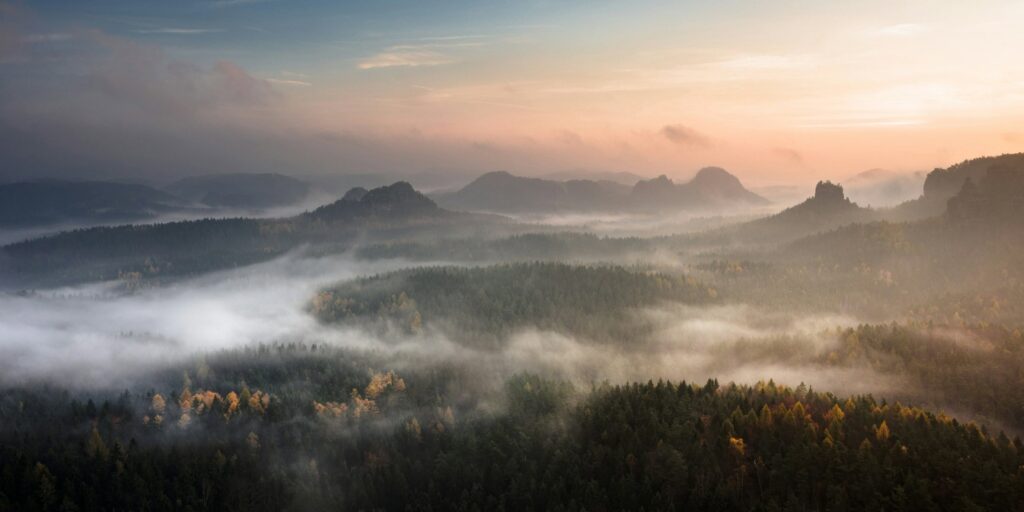
Rocky Beauty
As Germany’s only rock national park, Saxon Switzerland is a particularly popular destination for free climbers, as this is where free climbing originated. With 1,134 free-standing sandstone rocks in a stunning natural setting, the possibilities are endless. But don’t worry if you’re not feeling particularly ambitious. The Saxon Switzerland National Park is also famous for its breathtaking hiking trails. And if you’re lucky, you might even spot rare animals such as lynxes, adders, or grass snakes. Art lovers should follow the Caspar David Friedrich Trail. At eleven stations along the way, you can immerse yourself more and more in the artist’s world of images.
Center | Harz National Park
Approximately in the center of Germany, in Lower Saxony and Saxony-Anhalt, lies Germany’s largest national forest park, the Harz National Park. Beech and spruce forests stretch past streams and lakes, and there are nature trails, lynx feeding stations, and wildlife observation points. Numerous hiking trails lead up to the 1,141-meter-high Brocken.
A word of warning: bark beetles are wreaking havoc in the Harz Mountains. As a result, some sections of the forest are very bare and there is a lot of dead wood lying around. This may seem off-putting, but in keeping with nature, these sections of forest are left untouched, as dead wood is an important part of the forest cycle.
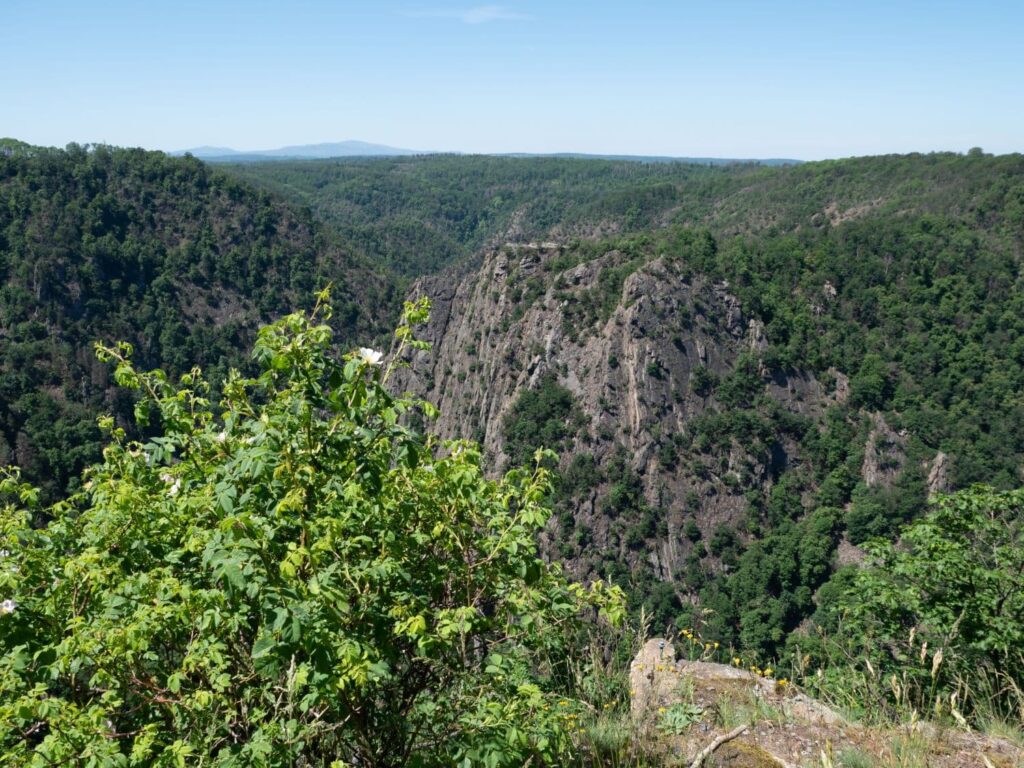
Up The Mountain By Train
But if your shoes are pinching or your muscles are aching, no problem. The narrow-gauge Brockenbahn railway takes you comfortably up the mountain. Once at the top, you can enjoy views of the Leipzig Battle Monument, the Rhön Mountains, and the Ore Mountains, weather permitting. If that’s not exciting enough for you, come on the night of May 1, when witches and ghosts celebrate Walpurgis Night on the Blocksberg.
